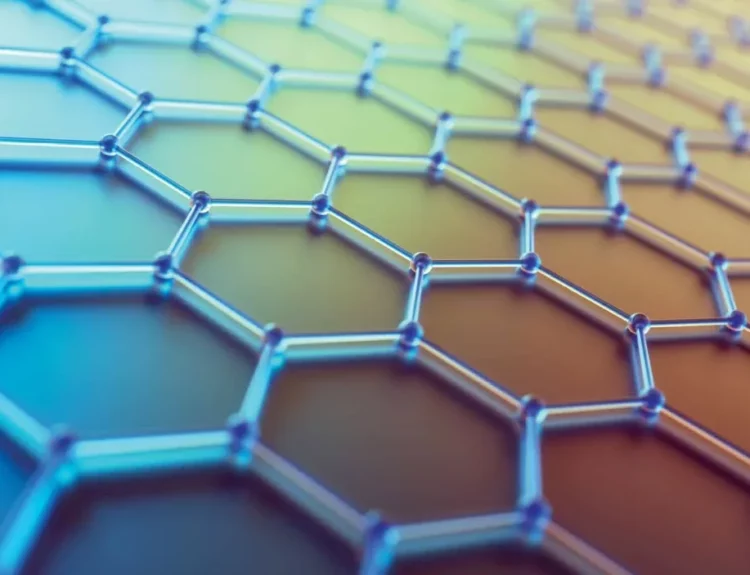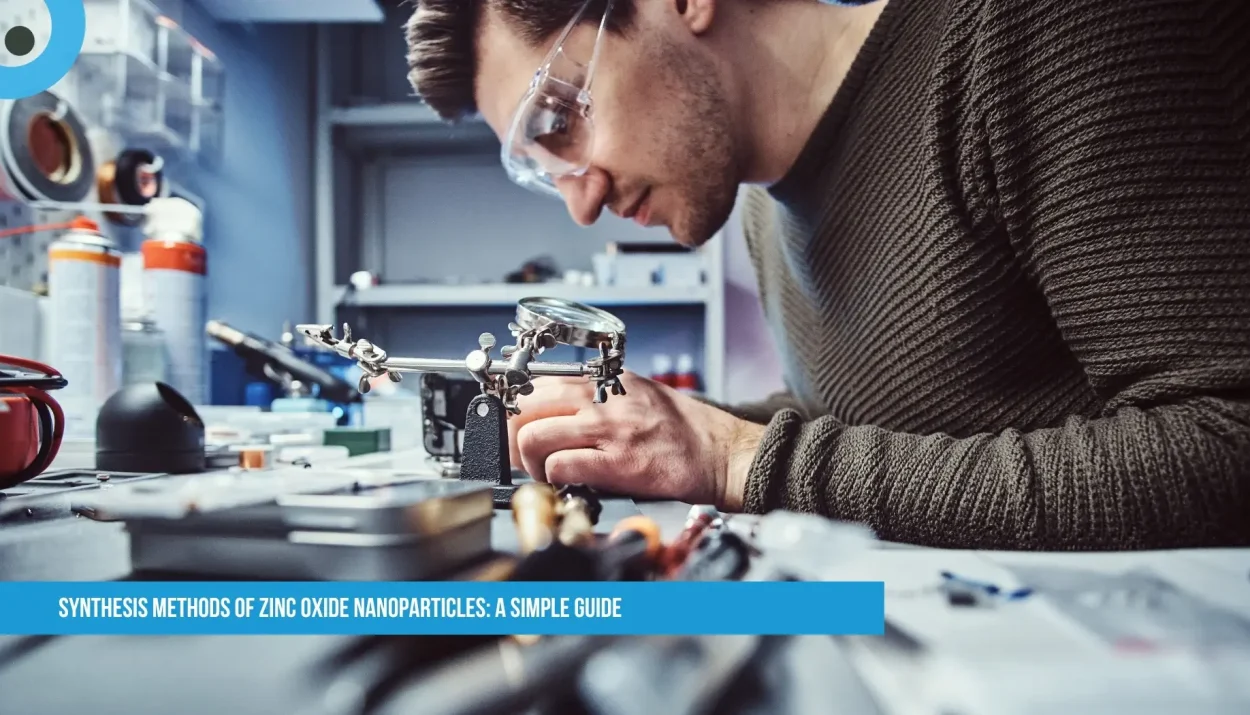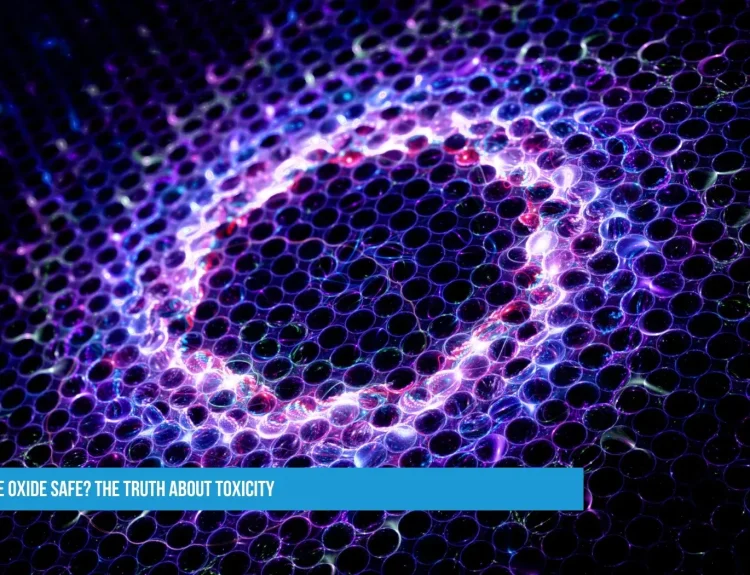Zinc oxide (ZnO) nanoparticles have emerged as one of the most versatile inorganic materials with applications ranging from sunscreens and cosmetics to advanced electronics and biomedical devices. The synthesis method determines the nanoparticles’ size, morphology, and properties. This article thoroughly examines various synthesis approaches for ZnO nanoparticles, comparing their advantages and limitations.
Three Main Ways to Make ZnO Nanoparticles
Physical Methods (Top-Down Approach)
These methods break down larger zinc oxide pieces into nanoparticles.
Ball Milling
How it works: Zinc oxide powder is crushed in a rotating machine with small balls
Pros: Simple, can make large amounts
Cons: Particles aren’t all the same size and might get contaminated
Laser Method
How it works: An intense laser zaps a zinc target in liquid
Pros: Makes very pure nanoparticles
Cons: Expensive, doesn’t make much at once
Chemical Methods (Bottom-Up Approach)
These build nanoparticles from smaller molecules.
Sol-Gel Method
Mix zinc salt with liquid, then heat to form a gel that becomes nanoparticles
Suitable for: Making uniform particles
It takes several hours to days
Precipitation Method
Mix zinc salt with an alkaline solution
Fast and cheap
Particles sometimes clump together
Hydrothermal Method
Uses hot water under pressure to grow crystals
Makes high-quality nanoparticles
Needs special equipment
Green Methods (Nature-Friendly)
These use plants or microbes instead of harsh chemicals.
Plant-Based Method
Uses leaf extracts (like aloe or neem) to help form nanoparticles
Environmentally safe
Slower than chemical methods
Microbe Method
It uses bacteria or fungi to make nanoparticles
Very eco-friendly
It needs careful temperature control
Conclusion
The choice of synthesis method for ZnO nanoparticles depends on the intended application and required specifications. While chemical methods dominate industrial production, green synthesis approaches are gaining momentum due to environmental concerns. Future research should focus on developing scalable, cost-effective, and sustainable production methods without compromising nanoparticle quality.






